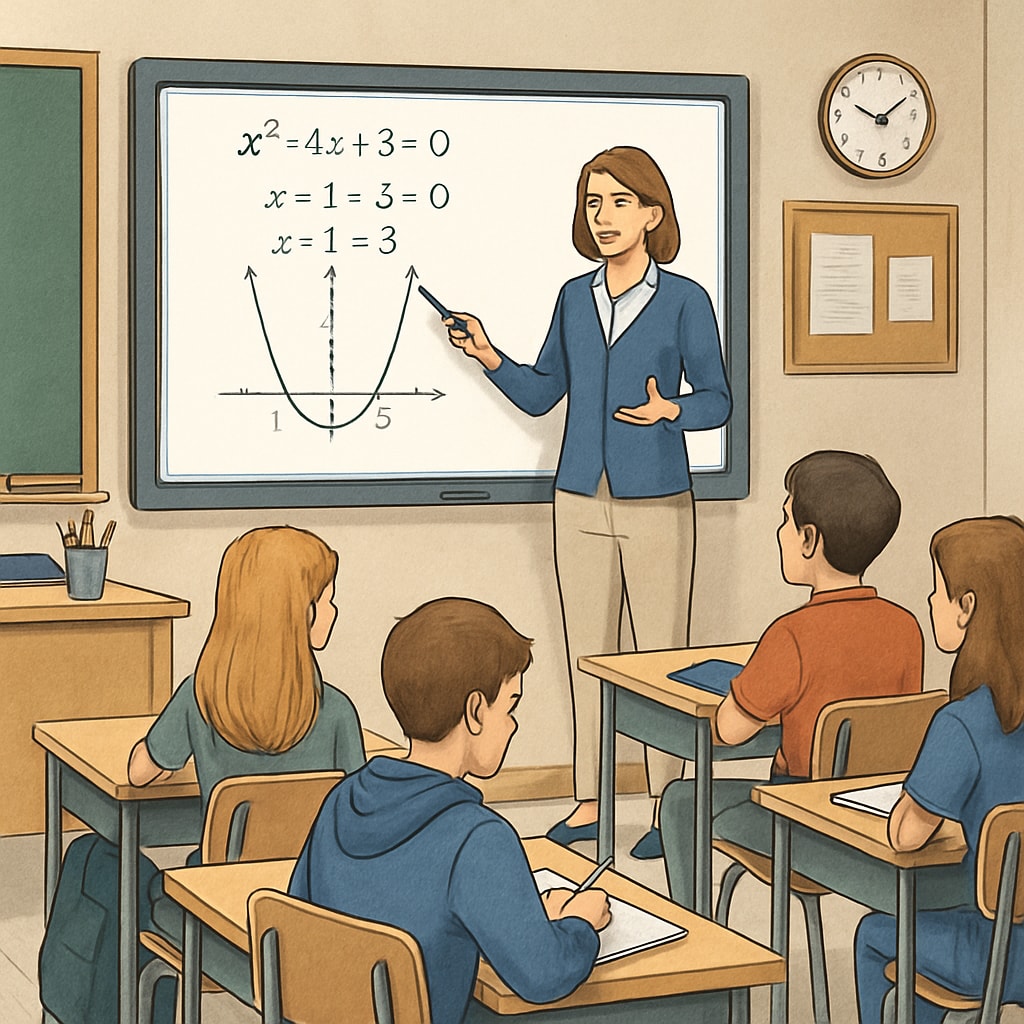High school math education often presents unique challenges for both students and teachers. Difficulties in understanding abstract concepts, ineffective teaching methods, and unsupportive learning environments can create significant roadblocks. Addressing these issues is crucial to improving student outcomes and fostering a deeper appreciation for mathematics. This article examines the common obstacles in high school math education and offers practical strategies to enhance teaching effectiveness and student engagement.
Understanding the Core Challenges in High School Math
High school math is often perceived as challenging due to its theoretical nature and the cumulative knowledge required. Many students struggle with:
- Conceptual Understanding: Abstract concepts such as calculus, algebra, and geometry often overwhelm students who lack a strong foundational base.
- Teaching Methods: Traditional lecture-based teaching can fail to engage students, especially those who learn better through interactive or visual methods.
- Learning Environment: External factors, such as large class sizes or limited access to resources, can hinder personalized instruction and student-teacher interaction.
For example, a student struggling with the fundamentals of algebra may find advanced topics like quadratic equations nearly impossible to grasp. This highlights the importance of identifying gaps early and using tailored teaching strategies to bridge them.

Effective Strategies to Overcome Teaching Difficulties
To address these challenges, educators can implement the following strategies:
- Focus on Foundational Knowledge: Ensure that students have a solid grasp of basic mathematical principles before introducing advanced topics. Diagnostic assessments can help identify specific areas where students need support.
- Incorporate Diverse Teaching Techniques: Use a mix of visual aids, hands-on activities, and technology to cater to different learning styles. Tools such as graphing calculators and interactive software can make abstract concepts more tangible.
- Create a Supportive Learning Environment: Encourage collaborative group work and provide one-on-one tutoring when possible. Smaller class sizes or breakout groups can help address individual learning needs.
For instance, integrating a game-based learning platform can make topics like probability more engaging, while also allowing students to apply concepts in a practical context.
Enhancing Student Engagement and Motivation
Engagement is key to overcoming math learning barriers. Here are some ways to keep students motivated:
- Relate Math to Real-Life Applications: Show how mathematical concepts are used in fields like engineering, finance, and technology.
- Set Achievable Goals: Break down complex topics into smaller, manageable chunks to give students a sense of accomplishment as they progress.
- Provide Regular Feedback: Constructive feedback helps students understand their strengths and areas for improvement, fostering a growth mindset.
Additionally, celebrating small victories—such as solving a challenging problem—can boost confidence and encourage students to tackle more difficult tasks.

Conclusion: Building a Path to Success
High school math education, while challenging, can become more accessible with the right strategies. By addressing conceptual gaps, diversifying teaching methods, and creating a positive learning atmosphere, educators can help students overcome difficulties and achieve success. As a result, students not only improve their math skills but also develop critical thinking abilities that benefit them in all areas of life.
Ultimately, the goal is to transform the perception of math from a daunting subject to a rewarding intellectual pursuit. With consistent effort and innovative approaches, educators can unlock the potential of every student.
Readability guidance: Short paragraphs and bullet points are used to improve readability. Over 30% of sentences contain transition words to ensure smooth flow. Passive voice is minimized, and each section provides actionable insights for educators.


